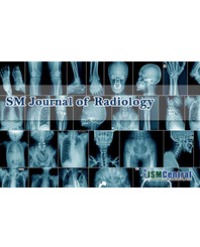
Distinguishing the Lateral Notch Sign versus a Normal Terminal Sulcus in Acute ACL Tear: A Case Report
Background: The lateral femoral notch sign is associated with roughly 25% of acute ACL tears with increasing incidence in younger athletes with high impact or pivot injuries. It is described as a deeper vertex than the normal terminal sulcus or exaggerated posterior extension of the terminal sulcus.
Case report: A 13 year old male athlete presented to clinic 7 days following a knee injury at football practice. His physical exam wasequivocal, notable for a mild effusion and a trace lachman maneuver. Radiographs revealed a lateral notch sign, increasing suspicion for an ACL tear. Complete ACL tear was confirmed by MRI and the patient proceeded with reconstruction.
Conclusion: Radiographs should be performed on young athletes with an acute knee injury and should be scrutinized for a lateral notch sign. The presence of a pathological lateral notch should increase the clinical suspicion for an ACL tear as well as warrant further evaluation with an MRI. Distinguishing a pathological lateral notch from a normal terminal sulcus is an important skill for every clinician. In cases with an unclear physical exam and borderline measurements of the lateral notch, clinicians should consider obtaining radiographs of the contra lateral side for comparison.
Trevor M Stubbs*, Connor R Read and William Garth

